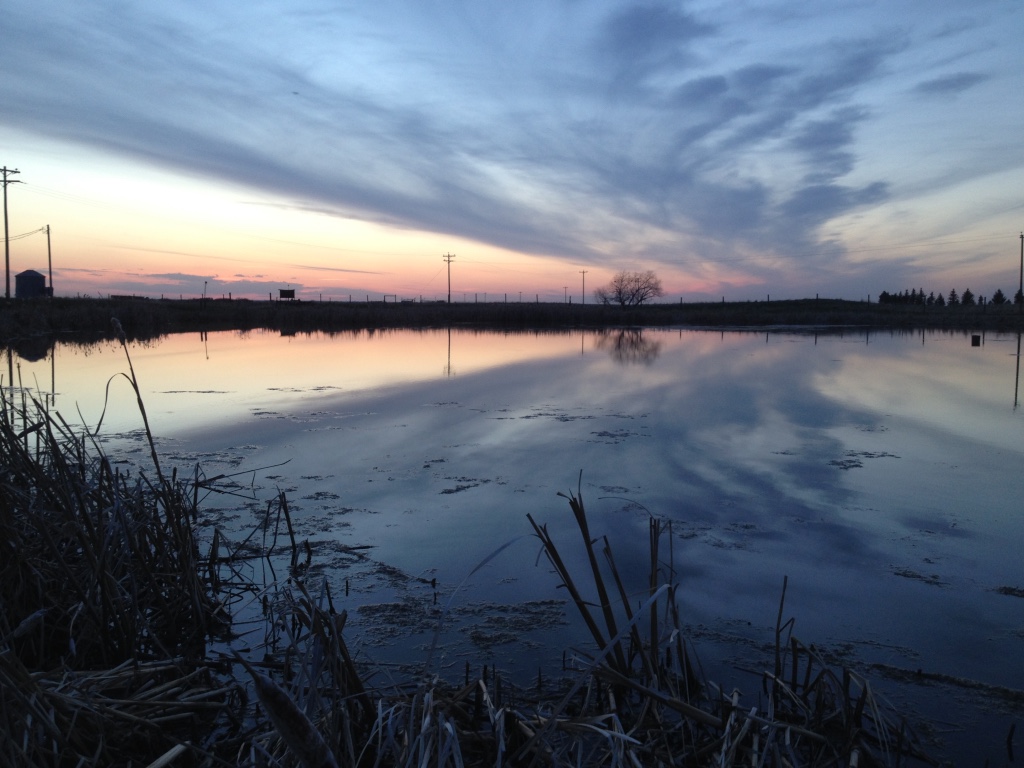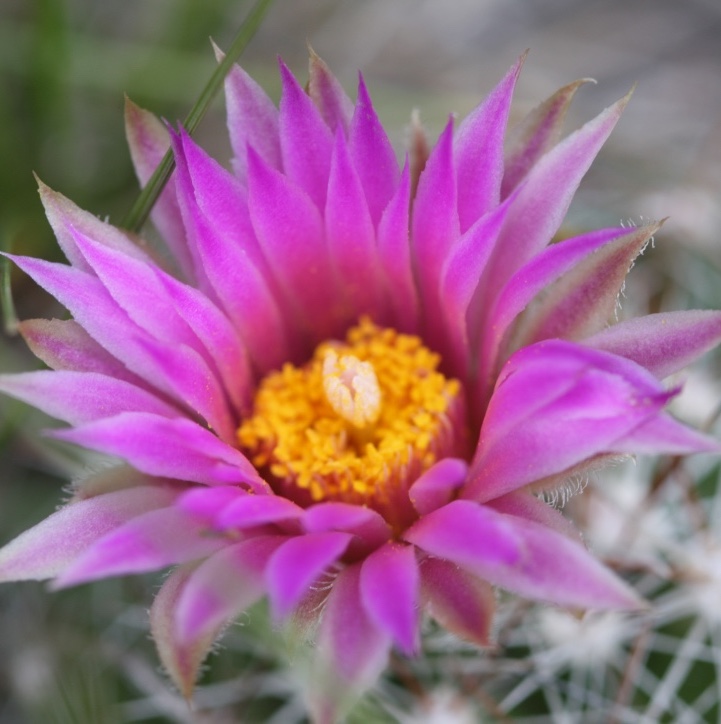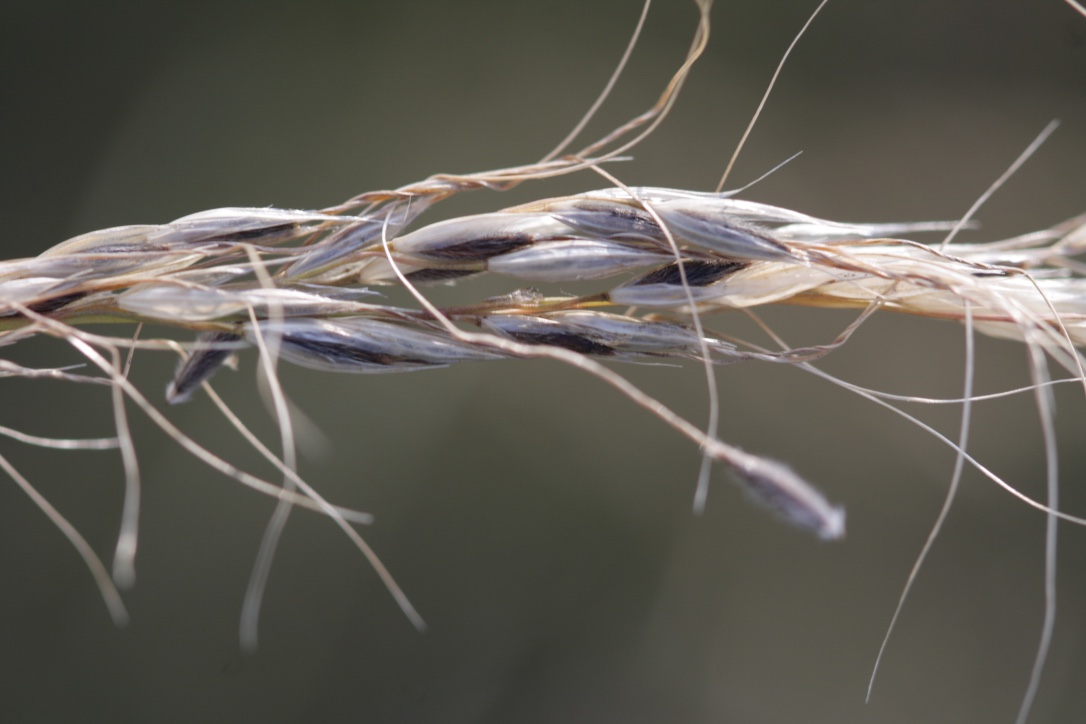Welcome to
Project: Plant Identification, AlbertaA pictorial and informational collection of plant species
Welcome!
With hundreds of species of plants that can be found near you, it’s helpful to be able to identify them. This project is an on-going photographic collection of various range plants and weeds that are primarily found in Alberta, Canada. The information provided here is to help you not only distinguish various species, but also learn about where they are found, and what uses they may have for medicine, food, and culture.
Grasses & Grass-likes
Sedges with edges, rushes be round; grasses bear nodes from top to ground.
Forbs
Wildflowers and noxious invaders, creepers and seed-spreaders.
Trees & Shrubs
Many heights woody flora shall grow; standing so tall or laying so low.
Plant identification can be understandably daunting. To make your life a little easier, and your botanizing excursions more enjoyable, check out the suggested publications and links found on the Resources page.
Why Plant ID?
Plants are incredibly important. Knowing their names helps many in more ways than you think.
Plants have always been a source of myth and legend, of simple mention in stories passed down for generations. Their primary purpose has been medicine first, food second.
The chemical and biological properties plants hold in their grasp have always been keys to help both humans and animals satisfy many needs. Plants help quench nutritional cravings mysteriously innately sensed by the body and its trillions of cells and bacteria, and possess healing properties for a wide variety of ailments from rheumatism to war wounds.
Other plants, however, have chemical (and biological) qualities that are much more sinister and dangerous. Ingesting, or even touching, the poison they exude from their leaves, roots, or stems may render someone to become terribly ill, lose their minds completely, or succumb to a horrifying death.
Plants are the most interesting and amazing living organisms on this planet. They deserve the utmost reverence and respect. Much have they contributed to! As such, they are the true essence of Mother Nature.
What Plants You May Find Depends On Where You Go
Location, location, location. It matters for plants as well.
You can find a variety of different species depending on which ecological type you stumble into: Forests, grasslands, shrublands, or wetlands.
Did you know that each of these ecological regions can be found in various ecoregions?
There are six ecoregions in Alberta. What are they?
Which one do you live in?
Find out by clicking the button below!
Particular plant species can tell us a lot about the landscape of a specific location. The landscape itself thereby determines what plants can grow there. Climate, soil type, slope and hillside aspect to the hottest, sunniest part of the day ultimately tells us what flora will grow there. Management also plays a significant role. Assessing what is at our feet often leads to understanding why those plants are even there. It also helps us to see what other life it can support, or if some change to the way the land is managed is desperately needed.
Primary Plant Community Types of Alberta
For the Trees
Forests

From tall spruce to trembling aspen, forests are easy to lose yourself in. Look down from trees, though; more life exists beneath this towering canopy, from prickly roses to mosses, lichens, and the smallest flowers sheltered and shaded from the taller dogwood and willows.
Big sky country
Grasslands

A sea of grass waving in the wind as far as the eye can see. This community seems empty and desolate to the passersby, but look closer–much closer–and you will discover a surprising abundance of life beneath your feet: from the ground-covering moss phlox to miniature forests of sagebrush.
Across the Pond
Wetlands

From fens and bogs to ponds and lakes, wetlands and their riparian zones are host to a wealth of life unique to their ecosystems and communities. Ephemeral or permanent, these sensitive areas hold a life-giving resource important for all: Water.



